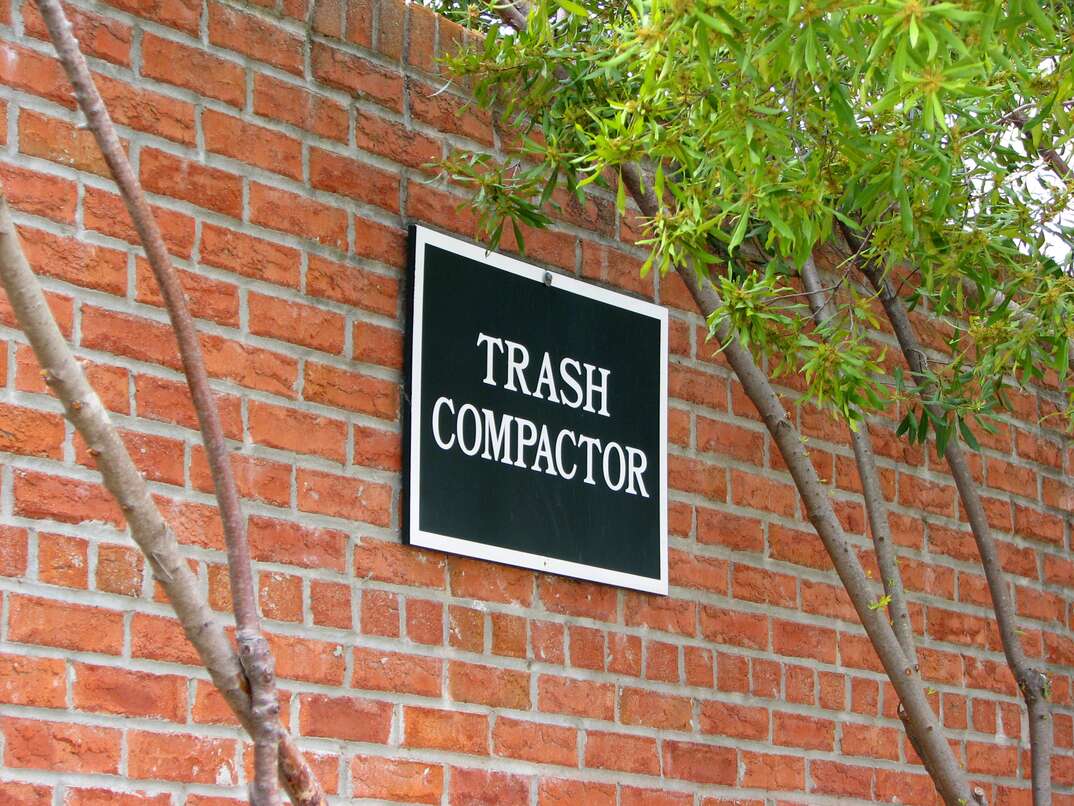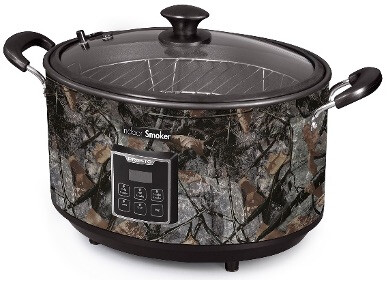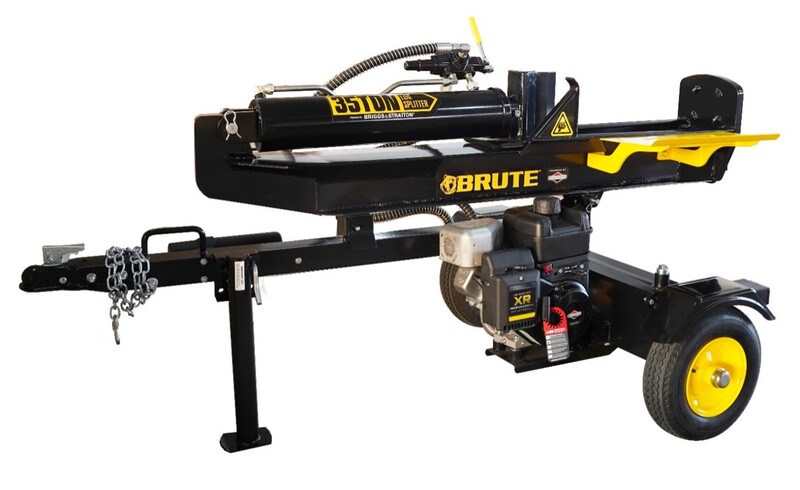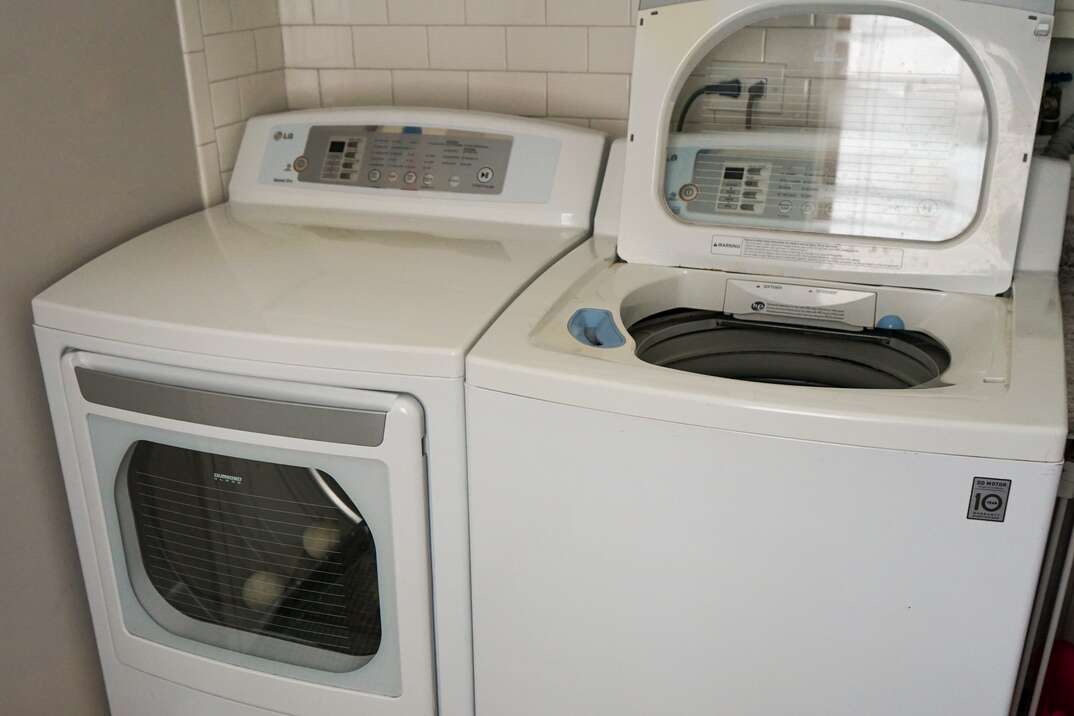Pack It Up, Pack It In! Everything You Need to Know About Trash Compactors

Tired of constantly taking out the garbage when your kids neglect their chores (yet don’t produce any less trash)? Installing a trash compactor in your kitchen could prove to be a smashing success — sparing you some of those Sisyphean trips out to the bins in the garage.
This May Also Interest You: How Much Does It Cost to Install or Replace a Garbage Disposal
Read on to learn all about what a trash compactor is, how it works, the benefits of having one and how much it costs.
What Is a Trash Compactor?
While a trash compactor typically may not be considered an essential part of a home, it can save you time, effort and trash can overflow emergencies — especially if you have a larger family.
A trash compactor is typically installed in the kitchen and works exactly like a trash can, but with one major difference: It’s equipped with a hydraulic-powered metal ram that crushes the trash into a small, dense package. This consolidated mass can then be bagged and easily disposed of in your outdoor garbage bin.
How Does a Trash Compactor Work?
Trash compactors are very easy to operate and employ relatively simple components: the metal ram that compresses the waste, a bin to contain that waste, and an electrical switch that powers the unit. Using a trash compactor is equally straightforward: Place your waste items into the bin, and when the bin is full, close the receptacle and turn on the compactor. Most modern trash compactor models now incorporate additional safety features, such as an alarm that will sound in case of a malfunction, or if the bin has been loaded improperly.
Nevertheless, a trash compactor is a very powerful appliance, and you and your family should follow certain precautions whenever using it. Never use your hands or feet to push trash down into the bin. And never allow children to play near an unsecured trash compactor or operate one unattended. Be sure to read the manufacturer’s guide for safety protocols and proper operation.
Benefits of a Trash Compactor
There are several different benefits of installing a trash compactor in your kitchen. The biggest perk is that it can reduce the volume of household waste by up to 75%. That means trash compactors can help you cut back on the commensurate amount of time you spend emptying your garbage.
Here are some of the other benefits of installing a trash compactor:
- Compacted trash takes up less space in municipal dumps and landfills, reducing your household's environmental footprint
- Trash compactors can help encourage recycling. Some homeowners dedicate their trash compactor to processing recyclable materials
- Compacting your trash can help you save on waste removal costs, specifically the fees imposed by the city or your homeowners association if your household produces so much trash that you need extra outdoor garbage receptacles.
Common Issues With Trash Compactors
Just like any other appliance in your home, your trash compactors can have problems. These issues could call for a simple do-it-yourself fix or they might require professional assistance. Knowing what some of the common issues are can help you diagnose a problem. Here are some a few to consider when trouble arises:
The Compactor Is Making Strange Noises
If your trash compactor is making loud noises, the problem may be the drive gear. You can attempt to fix this yourself by turning off the unit and removing the bottom cover to locate the drive gear. Check the power nuts for damage, then lubricate them.
The Compactor Won’t Start
There are many possible reasons why your trash compactor won’t start. This is typically a complicated issue, so it’s best that you contact a professional for assistance.
It Keeps Running After the Cycle Ends
This could be caused by a faulty start switch or a faulty directional switch. Using a multimeter electronic measuring device to test, the top limit/directional switch should have no continuity of electrical flow when activated. The start switch should show continuity only in the “start” position, but it may show continuity in the “off” position, too, if it’s defective.
It Won’t Stay on to Complete a Cycle
If the compactor won’t stay on long enough, you may need to replace the directional switch or the drive motor. To check your compactor’s drive motor, shut off the power to the unit and remove it from the cabinet. Remove the bottom panel and disconnect the wires from the motor, taking care to remember which wires hooked up to which terminals. Use your multimeter to check for continuity in the centrifugal switch and the motor windings. The readings should show almost no resistance in the centrifugal switch and a few ohms of resistance in the motor windings.
The Ram Gets Stuck
If the ram is stuck in a down position, open the bottom panel and check the drive gear. Make sure that the chain has the appropriate half-inch of deflection. If there are no problems with the drive gear, check the directional switch. You can lay the unit on its side and manually turn the drive gear to raise the ram. You can remove the top panel and the ram mounting brackets to remove the ram from your unit. Check the switch terminals for continuity and make sure that they aren’t stuck open or closed, which can happen over time.
How Much Does It Cost to Install a Trash Compactor?
Multiple factors impact how much you’ll pay for a new trash compactor. First and foremost, the size of the trash compactor is plays the largest role. Whether you install the compactor yourself or hire someone to do it will also effect the price.
For the trash compactor itself, expect to pay about $940 on the low end and more than $2,060 on the high end. If you want professional installation, you can expect to pay $135 at the low end and about $220 at the high end. For the entire expense, you can expect between $1,090 and $2,300.
Just like any other appliance in your kitchen, your trash compactor will likely be in need of repair at some point. Dealing with unexpected and unwanted repairs can be costly. Being prepared with a home repair plan from HomeServe is a way to avoid dealing with costly repairs. When you have a plan and a covered issue arises, simply call the 24/7 repair hotline and a local contractor will be sent to your home. See what plans from HomeServe are available in your neighborhood.


